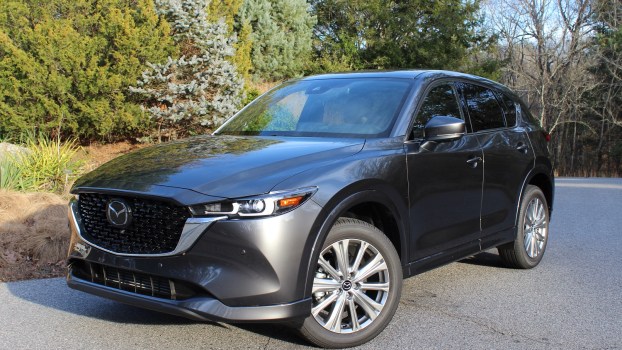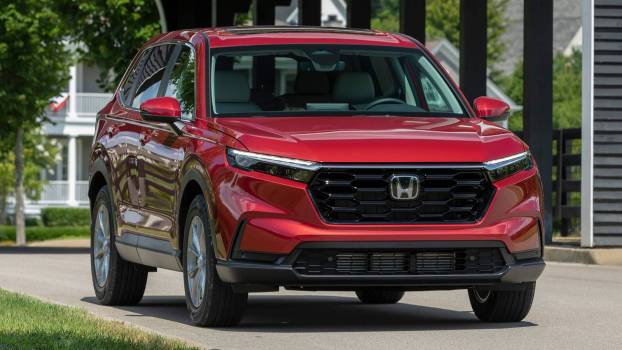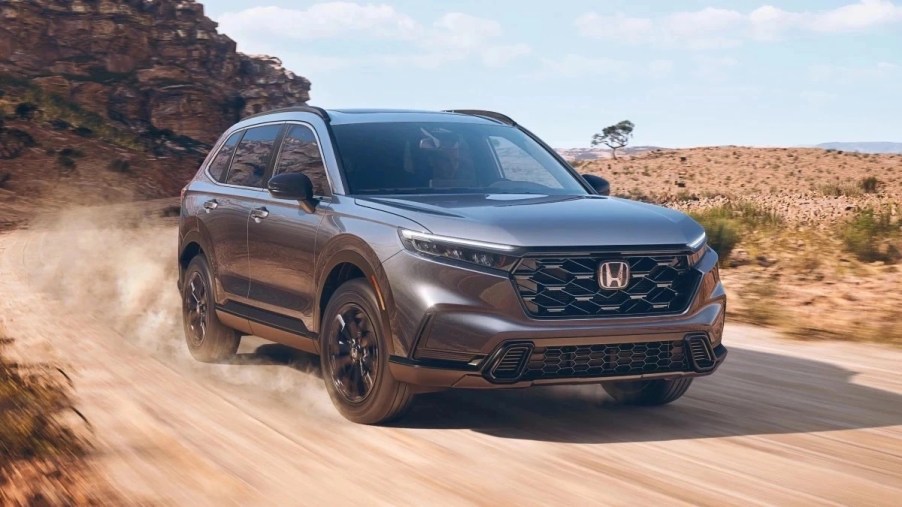
The 2023 Honda CR-V Is Missing 1 Fuel Saving Advantage
Have you seen the new Honda CR-V? It looks great, it’s bigger, more capable, and features a fresh, upscale interior design. It’s a well-rounded SUV to consider, but it feels a little incomplete. The 2023 Honda CR-V is missing something that helps rivals be more fuel efficient.
Where is the 2023 Honda CR-V PHEV?
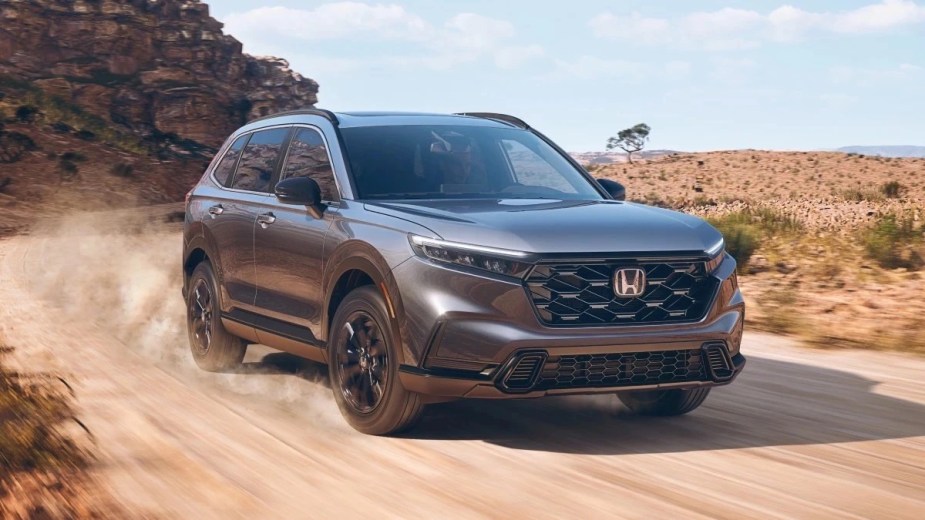
The 2023 Honda CR-V was expected to come out with a new plug-in hybrid powertrain option, but for some reason, it isn’t here yet. The CR-V Hybrid can help you save a little fuel, but a PHEV would be more beneficial.
Rumors also suggested that a three-row CR-V model would come out, but that didn’t happen either. Perhaps a new three-row PHEV model is in the works. The new SUV would be like the Jeep Grand Cherokee L, and slot between the CR-V and larger Pilot.
According to Forbes, we could see a 2024 Honda CR-V FCEV soon. The plug-in fuel cell-powered CR-V could be manufactured in Ohio with more efficient transient power. General Motors could be involved with the development, but we will have to wait to learn more.
What engines are available for the 2023 CR-V?
The 2023 Honda CR-V kicks things off with a standard 1.5-liter four-cylinder engine with 170 hp and 179 lb-ft of torque. It gets an EPA-estimated 28 mpg in the city and up to 34 mpg on the highway, which is impressive. Adding AWD reduces these figures by about three mpg.
With the 2023 CR-V Hybrid, you get a 2.0-liter four-cylinder engine that’s paired with two electric motors to generate 204 hp and 247 lb-ft of torque. According to Edmunds, the extra power doesn’t help much.
Both options help the CR-V accelerate from 0 to 60 mph in about 8.0 seconds. Also, the hybrid setup is louder. But it gets an EPA-estimated 43 mpg in the city and up to 36 mpg on the highway.
It could be more efficient in the city because stopping more frequently helps the batteries regenerate more energy.
The 2023 Toyota RAV4 PHEV or Prime uses a 2.5-liter four-cylinder engine, two electric motors, and an 18.1-kWh battery pack to crank out 302 hp and 288 lb-ft of torque.
It has an EPA-estimated range of 42 miles on a single charge. With a charge, it’s rated at 94 MPGe. When it switches to gas-only, it gets about 38 mpg. Most people drive under 25 miles per day, so they might not use gas during their daily commutes with the Prime.
The 2023 Hyundai Tucson PHEV has an EPA-estimated 33 miles of electric range and can get 84 MPGe. It gets about 35 mpg without a charge.
Also, the 2023 Kia Sportage PHEV gets an EPA-estimated 34-mile electric range with 84 MPGe. It’s rated for about 38 mpg once the charge is depleted.
Is the 2023 CR-V worth buying?
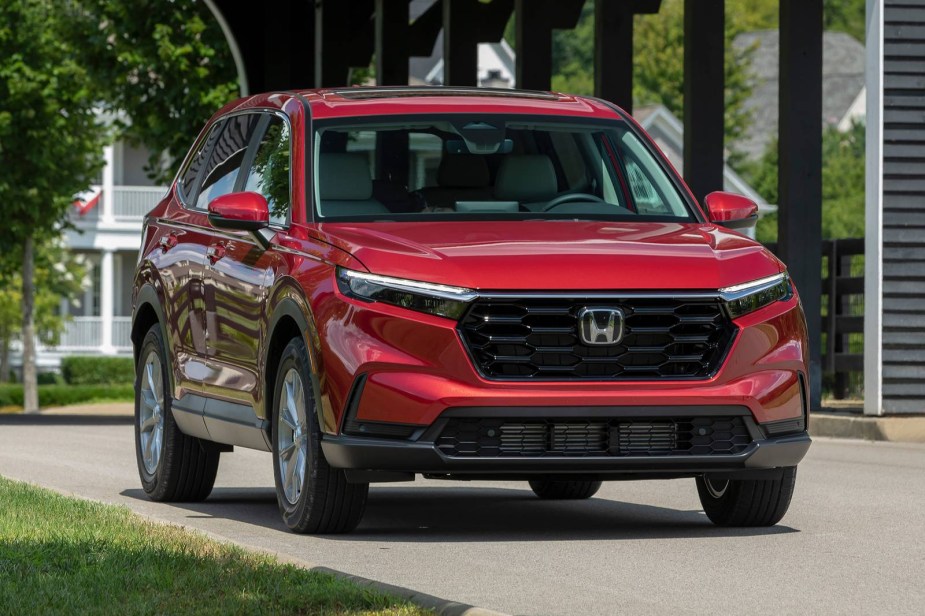
Yes, despite missing a PHEV powertrain, the 2023 Honda CR-V is still a great SUV to consider. It’s spacious, comfortable, capable, and well-rounded. It has plenty of passenger and cargo room for families and can be equipped with AWD.
The CR-V just got fresh tech updates such as wireless Apple CarPlay/Android Auto, a 9.0-inch infotainment screen, a wireless phone charging pad, and a 12-speaker Bose premium audio system.
Plus, gas-powered and hybrid models can be cheaper than PHEV SUVs. The Kia Sportage PEV starts at $38,000, while the standard CR-V begins at about $31,130. But the CR-V might gain a new PHEV setup soon.
